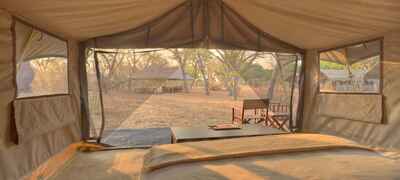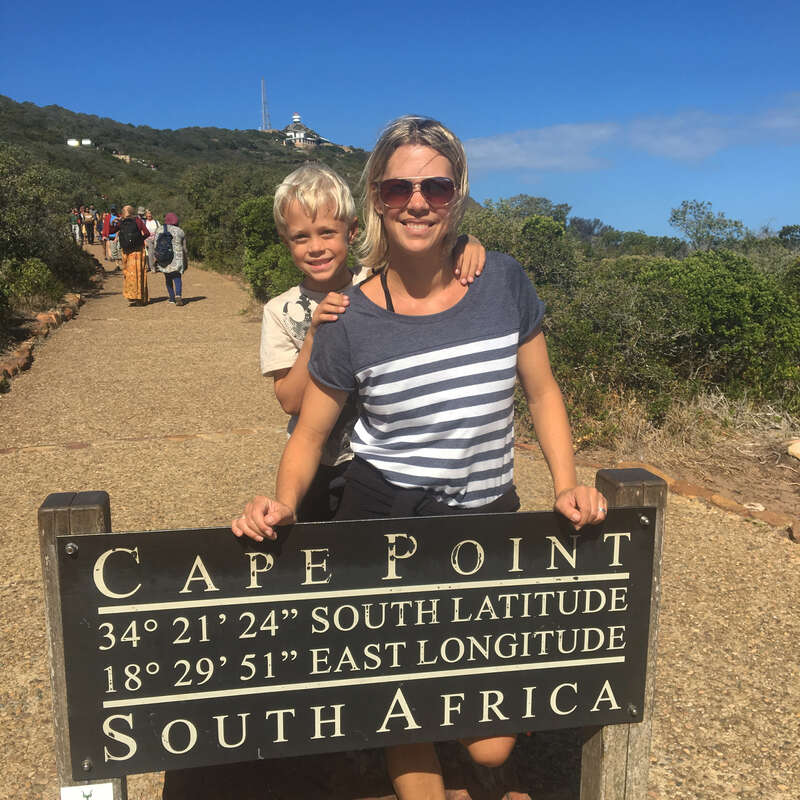About Chobe Under Canvas
Chobe Under Canvas aims to combine the advantages of a mobile camping safari with the luxuries of a semi-perma...
... nent tented camp. Always based in the Chobe Riverfront area of the Chobe National Park, the camp is packed up every fifth day (in keeping with the national park's mobile-camping rules) and moved to a different private site in the same area.
Although Chobe Under Canvas retains a semi-permanent camping atmosphere, the tents, service and food are more in keeping with Botswana's excellent safari lodges. It offers wonderful wildlife viewing, especially at the end of the dry season, and a more economical, and slightly more adventurous, alternative to many of the country's other lodges and camps. However, travellers need to accept that game-viewing here, in the national park, won't usually be as exclusive as is the norm in Botswana's private safari reserves.
Our view
Although Chobe Under Canvas retains a semi-permanent camping atmosphere, the tents, service and food are more in keeping with Botswana's excellent safari lodges. It offers wonderful wildlife viewing, especially at the end of the dry season, and a more economical, and slightly more adventurous, alternative to many of the country's other lodges and camps. However, travellers need to accept that game-viewing here, in the national park, won't usually be as exclusive as is the norm in Botswana's private safari reserves.
Accommodation
5 tents
Children
Best for aged 16+
Open
February to mid-December
Activities

4WD Safari

Birdwatching

Boat trip

Fishing

Helicopter

Private activities
Traveller reviews of Chobe Under Canvas
22 real, un-edited reviews from Expert Africa's travellers.
Arrived 10 Aug 2022, 3 nights
"Chobe Under Canvas review"
Overall rating: Excellent
Arrived 24 Jun 2022, 2 nights
"Chobe Under Canvas review"
Overall rating: Excellent
Arrived 26 Apr 2022, 2 nights
"Interesting introduction being in a tent"
Overall rating: Excellent
Arrived 6 Nov 2019, 2 nights
"Chobe Under Canvas Review"
Overall rating: Excellent
Arrived 25 Sep 2019, 3 nights
"A great experience at Chobe under Canvas"
Overall rating: Excellent
Arrived 1 Sep 2019, 3 nights
"Amazing - highly recommended!"
Overall rating: Excellent
Arrived 26 Aug 2019, 3 nights
"Chobe Under Canvas Review"
Overall rating: Excellent
Arrived 15 Sep 2017, 3 nights
"Glamping in the bush"
Overall rating: Excellent
Arrived 20 Aug 2017, 2 nights
"Wonderful safari and great camping"
Overall rating: Excellent
Arrived 8 Sep 2016, 2 nights
"Chobe Under Canvas - Amazing experience!"
Overall rating: Excellent
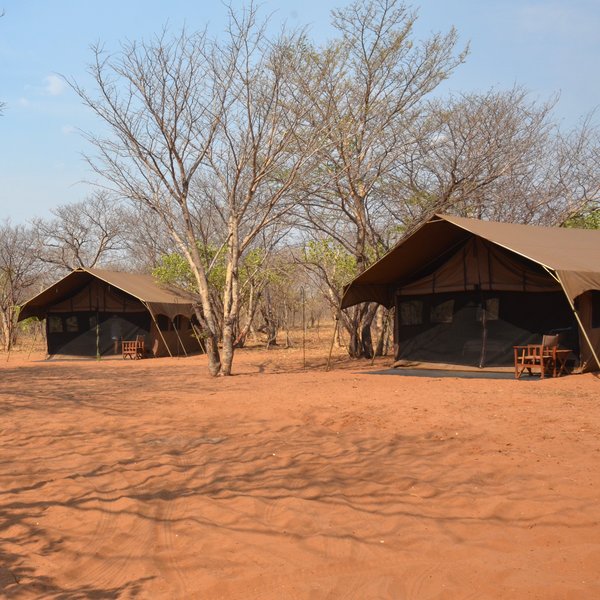
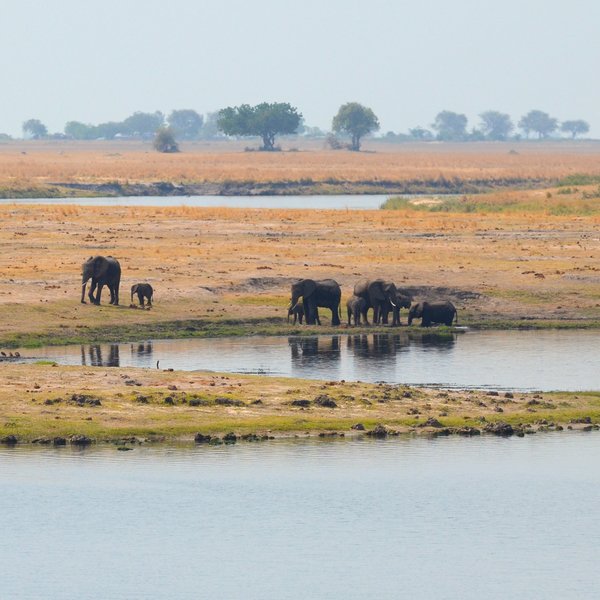
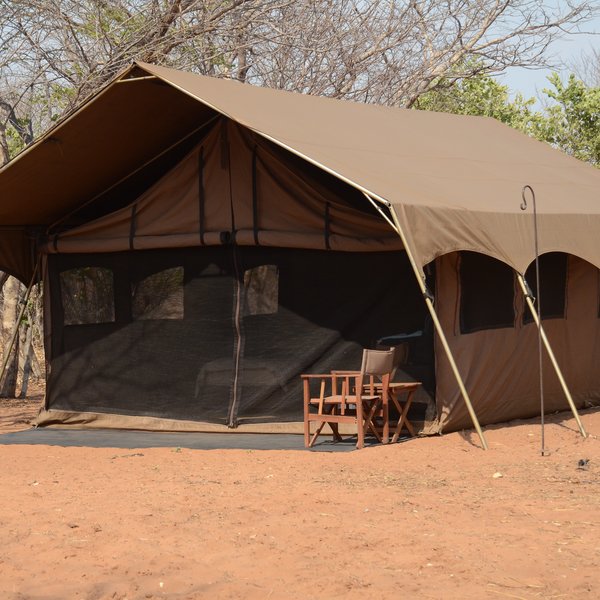
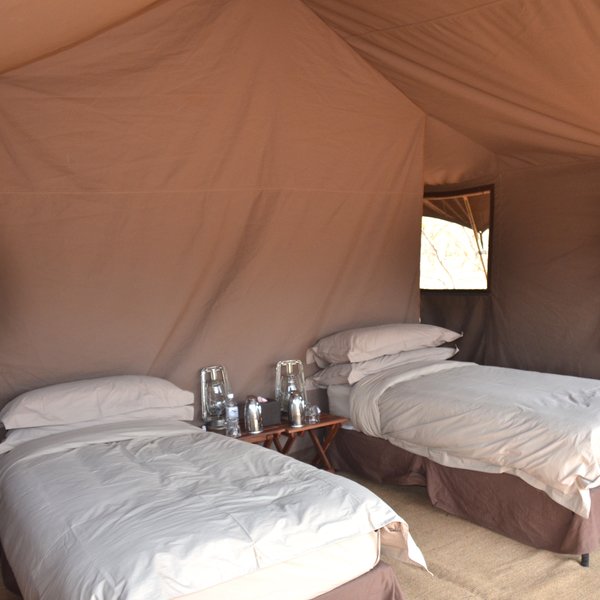
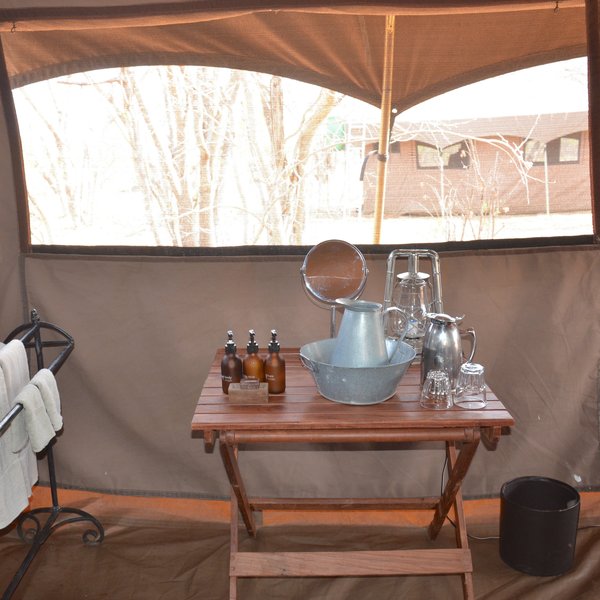
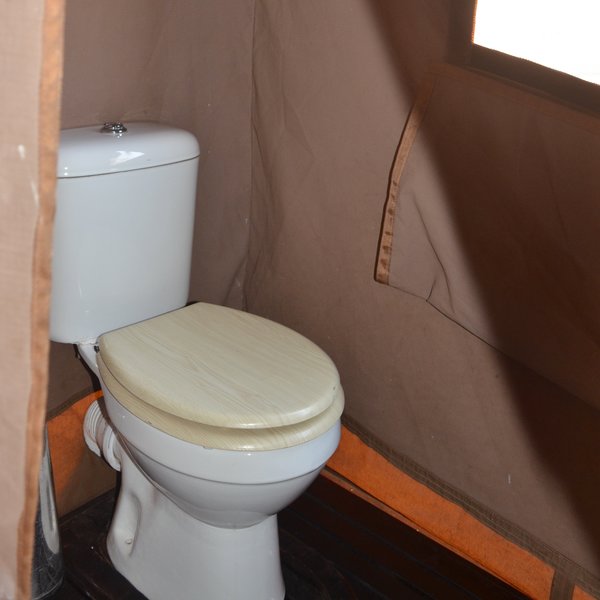
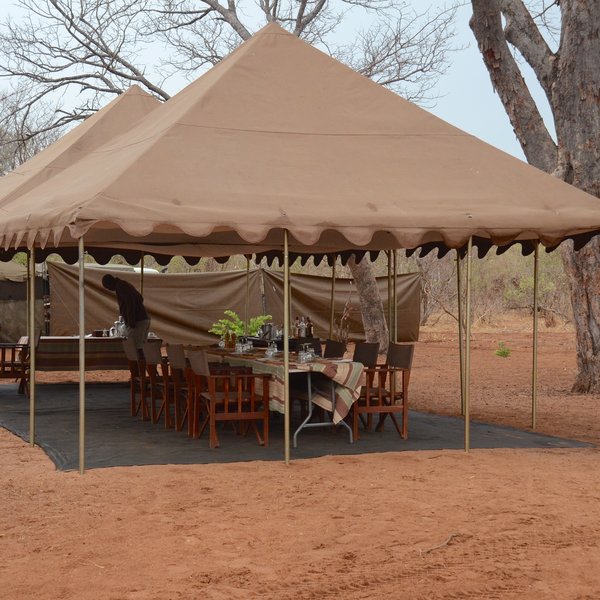
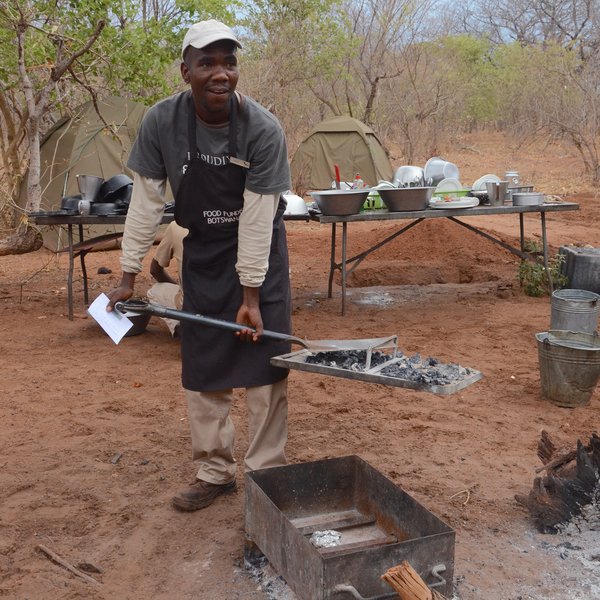
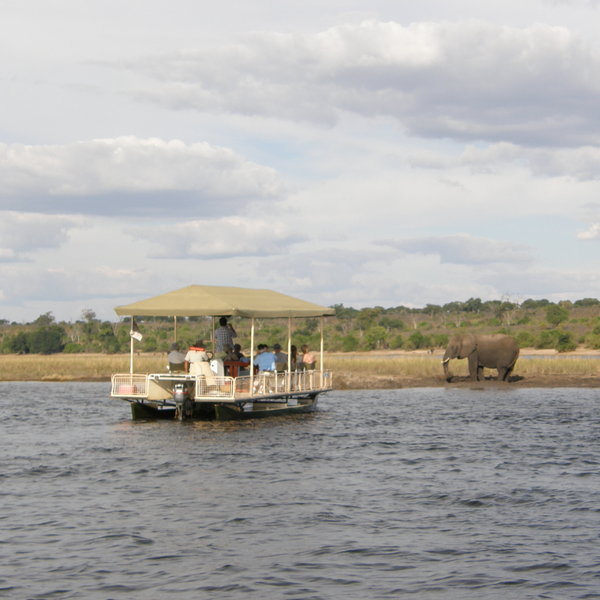
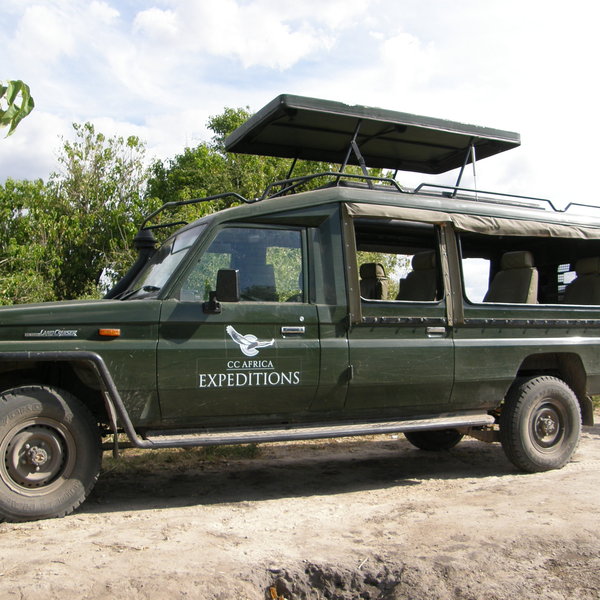
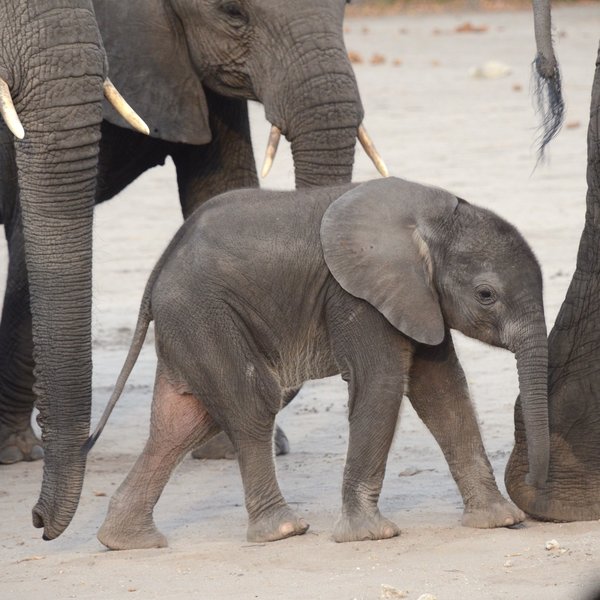
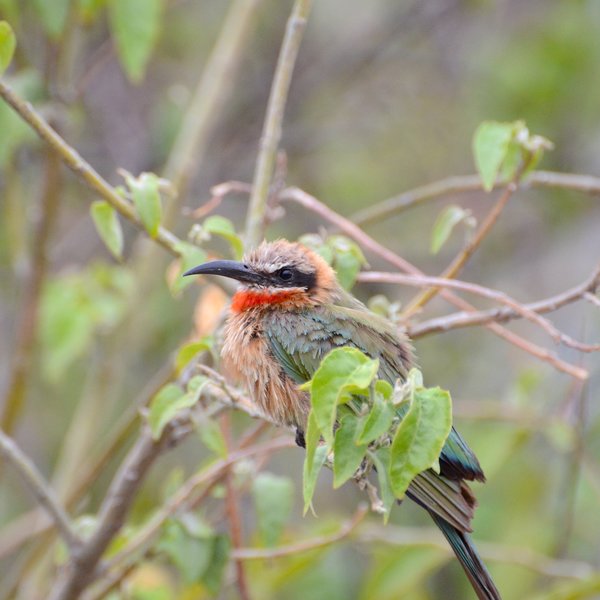
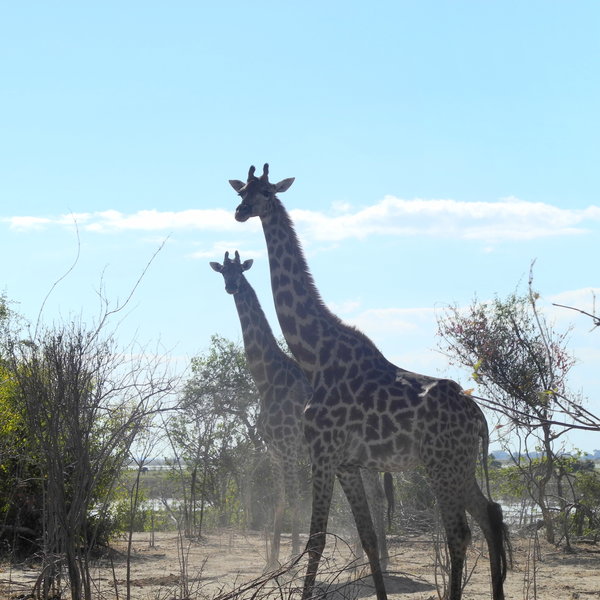
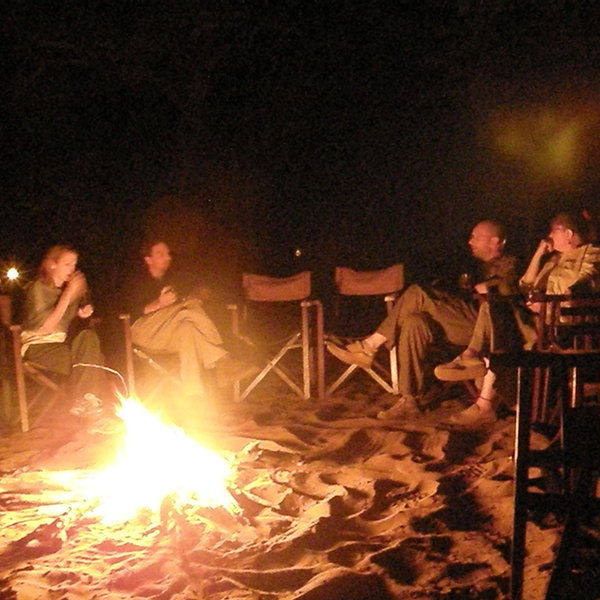
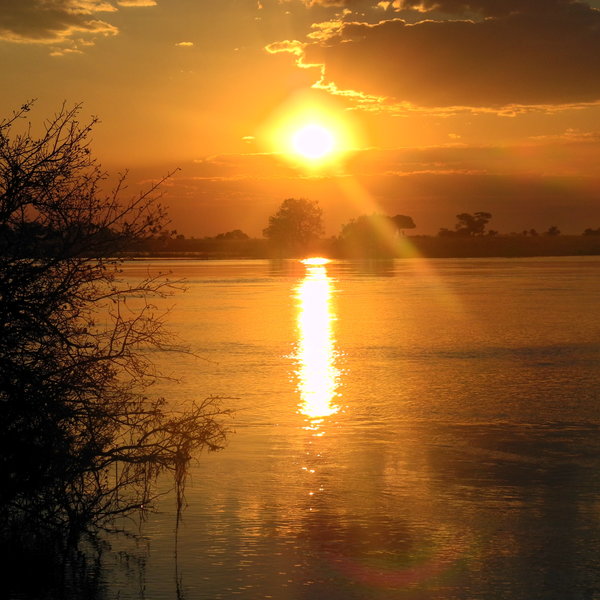
Expert Africa's gallery
When we travel we take lots of photos ourselves to give you a real and un-edited view of the safaris. See our 37 pictures of Chobe Under Canvas to get the candid view.
View galleryChobe Under Canvas: Our full report
Chobe Under Canvas aims to combine the advantages of a mobile camping safari with the luxuries of a semi-perma...
... nent tented camp. Always based in the Chobe Riverfront area of the Chobe National Park, the camp is packed up every fifth day (in keeping with the national park's mobile-camping rules) and moved to a different private site in the same area.
Chobe Under Canvas has just five spacious, walk-in tents, taking a maximum of ten guests. These are fairly traditional Meru-style tents of khaki canvas with mesh windows, and have sisal matting covering the floor. Each is furnished with very comfortable twin or double beds, a bedside table with two rechargeable lanterns, a box of tissues and a flask of cold water, and a luggage chest. Behind the bed, a canvas wall separates the en-suite bathroom, where you’ll find a hanging rail with canvas shelves, insect repellent and a laundry bag. Another rechargeable lantern sits on a small wooden table here, alongside a shaving mirror, tin basin, water jug and complimentary soaps. Above a slatted wooden mat is a bucket shower, which is filled with warm water when you return from the day's safari activities, and a rolled-up canvas doorway leads to a separate flush toilet – all under the same roof. At the front of each tent is a small covered ‘porch’ with two deckchairs and a table.
The five tents are arranged in a semi-circle, just a few metres apart, facing an open-sided marquee-style tent which forms the main area of Chobe Under Canvas. Delicious meals are enjoyed here as a group, around a long, lantern-lit table. There is also a small 'bar' table holding a selection of drinks, a coolbox packed with cold drinks, a very small reference library and a selection of board games.
Activities include game drives and boat trips along the Chobe River, led by professional and very knowledgeable guides. Typically, guests at Chobe Under Canvas will enjoy a game drive both on their first afternoon and the following morning, with a boat trip often arranged for the second afternoon. The wildlife in this area is plentiful and very relaxed, making for some fantastic viewing opportunities throughout the year. But as the natural pools of water formed in the park during the summer months dry up, and the wildlife becomes more dependent on the permanent waters of the Chobe River during the dry season (between about August and October), the game densities along the riverfront noticeably increase – making both game drives and boat trips on the river particularly rewarding. No matter the time of year, however, there is a great variety of birdlife to be seen from boat cruises, from fish eagles to goliath herons and white-fronted bee-eaters to giant kingfishers.
As with previous visits to Chobe Under Canvas, on our last visit in November 2015 we experienced the camp’s pros and cons first hand. A real pro is its location inside the national park. Most lodges in Chobe are located outside the park, so they have to queue at the park gates before and after every game drive. Chobe Under Canvas has the advantage of being one of the first vehicles out on drives and one of the last to head back to camp in the evening – allowing you more time on activities. We had some wonderful elephant sightings with a number of young babies; a herd of sable; buffalo and jackal; a pride of about six lions; and lots of pregnant impala desperately waiting for the start of the summer rains before they gave birth.
One of the cons was that our guide had found a female leopard with an impala kill in a tree earlier in the day, but when we returned to find her in the afternoon, she was no longer there. Strict park rules state that you are not allowed to drive off-road within Chobe, but there was clear evidence that many vehicles had been driving off-road to try and get a closer look. She had obviously been chased away.
It’s also important to note that this part of Chobe National Park has become more and more popular over the years and is now much busier than any of Botswana's other parks – which we witnessed on our most recent visit in November 2015. Although the 'Under Canvas' safari guides are adept at keeping away from the crowds, you'll still see many other vehicles. This is especially noticeable at an exciting animal sighting, and at breaks for tea and coffee or sundowners, as in the national park these have to be taken at designated spots.
Activities
4WD Safari
Birdwatching
Boat trip
Fishing
Helicopter
Private activities
Families & children
- Attitude towards children
- Children aged 12 years and over are welcome at Chobe Under Canvas.
- Property’s age restrictions
- Equipment
- None
- Generally recommended for children
- There is very little for younger visitors to do between wildlife activities, and there is no pool, so we do not recommend this camp for children aged below 16 years or so.
- Notes
- This is a very open safari camp and wildlife does pass through. Children must be under parents' supervision at all times.
Food & drink
- Usual board basis
- Full Board & Activities
- Food quality
- Considering Chobe Under Canvas is a semi-permanent mobile camp with the simplest of kitchen facilities, we were very impressed with the standard of meals on our last visit here in November 2015.
Breakfast is usually a selection of cereals, fresh fruit, yoghurt and toast.
Lunch is often a choice of salads, cold meats and cheeses with freshly baked bread. A variety of snacks are served whilst on safari activities in the morning and at tea time in the afternoon.
Dinner is a more substantial meal. On our last trip we enjoyed pre-dinner drinks with nibbles of biltong around the campfire. Then for starters we had creamy vegetable soup and freshly baked rolls, followed by crumbed hake, fluffy mash potato, green beans and butternut squash. Dessert was apple pie and cream. - Dining style
- Group Meals
- Dining locations
- Indoor and Outdoor Dining
- Further dining info, including room service
- Not Available
- Drinks included
- There is a good selection of soft drinks, beer, wine and spirits on offer, and drinking water is always available. All drinks are included with the exception of any premium or imported wines, liqueurs and spirits, which should be requested in advance.
Our travellers’ wildlife sightings from Chobe Under Canvas
Since mid-2018, many of our travellers who stayed at Chobe Under Canvas have kindly recorded their wildlife sightings and shared them with us. The results are below. Click an animal to see more, and here to see more on our methodology.

100% success

100% success

100% success

100% success

100% success

83% success

50% success

50% success

33% success

17% success

0% success

0% success

0% success

0% success

0% success

0% success

0% success

0% success
Getting there
- Location
- Chobe National Park, Botswana
- Ideal length of stay
- We recommend a stay of two nights at Chobe Under Canvas, although you might consider three nights during the dry season when game densities in this area are particularly high. The camp combines particularly well with its sister camp, Savute Under Canvas, and also often forms part of a trip with Sandibe Safari Lodge, Nxabega, Xaranna Okavango Lodge or Xudum Delta Lodge – which are all owned by the same company, &Beyond.
If you're visiting Chobe National Park in combination with private areas elsewhere in Botswana, especially around the Okavango Delta, then we recommend quite strongly that you start with Chobe if possible, and then move on to the more remote wildlife areas where you will encounter fewer visitors. - Directions
- The road transfer to Chobe Under Canvas from Kasane takes approximately an hour to an hour-and-a-half, depending on the location of the camp. However, this may be longer if you see any exciting wildlife sightings on the way.
- Accessible by
- Self-drive or Fly-and-Transfer
Special interests
- Solo safaris
- Chobe Under Canvas is a luxurious, adventurous mobile camp within one of Botswana’s prime game areas. It’s a single-friendly social camp with travellers eating at a communal table. Holidays here won’t be lonely!
- See ideas for Solo safaris in Botswana
- Birdwatching safaris
- The Chobe Riverfront is not just about the 'big stuff': it's also a superb destination for birdwatching. Over 450 species of birds have been seen in Chobe, including African skimmers, found between about October and March.
- See ideas for Birdwatching safaris in Botswana
- Wildlife safaris
- During the dry season, increasingly high densities of wildlife are drawn to the Chobe River's permanent waters, making Chobe Under Canvas a good choice for wildlife safaris in Botswana. By September/October the numbers of elephant are astounding.
- See ideas for Wildlife safaris in Botswana
Communications
- Communications
- Chobe Under Canvas is in constant contact with their base of operations in Kasane by radio and also by cellphone when reception permits.
- TV & radio
- There is no television or radio.
- Water supply
- Transported in
- Water supply notes
- The tents at Chobe Under Canvas do not have running water. A jug of water is provided in your bathroom and will be topped up when necessary, and your bucket shower will be filled with hot water on request. There is no running water in the tents, but the toilets are plumbed with flushing water
Health & safety
- Malarial protection recommended
- Yes
- Medical care
- The manager and guides are trained in first aid and can tend to any minor ailments. The nearest doctor is based in Kasane, between an hour to an hour-and-a-half drive away.
- Dangerous animals
- High Risk
- Security measures
- A horn is provided in each tent to raise the alarm in case of an emergency.
- Fire safety
- Each safari vehicle is fitted with a fire extinguisher. Park rules limit the size of the campfire.
Useful info
- Disabled access
- Not Possible
- Laundry facilities
- Laundry is included, but they do not wash underwear. Washing powder is provided in the tents for this purpose.
- Money
- The tents do not have safes.
- Accepted payment on location
- Chobe Under Canvas cannot accept payments by credit card – but as everything is included, there shouldn’t be any need for this. Any necessary payments are welcomed in cash in US dollars or Botswana pula
Plan and book your trip with Expert Africa
All of our trips are tailor-made, so we'll always adapt them to suit you. Talk to an Expert and let us plan and arrange your perfect trip.

Talk to an Expert
Call or email us now! We’ll match you with the Specialist in our team who is best suited to help you. Then together we can start planning your trip.

Set up your itinerary
Based on our experience and your ideas, your specialist will create a detailed, costed itinerary. We’ll refine it together, until we have a trip that you’re perfectly happy with.

Prepare for your trip
The same Specialist will make the seamless arrangements for your trip, send you detailed travel documents, and be available to answer any questions before you depart.

Travel with peace of mind
After you set off, you’ll be cared for by our partners in Africa, most of whom have worked with Expert Africa for decades. And if you ever need us urgently, we’re available 24/7.

When you return
We love to learn about your trip, and so will always be grateful if you’ve the time to give feedback to your Specialist when you return.
Chobe Under Canvas's location
Look closer at the environment and surroundings of Chobe Under Canvas.
Excursions from Chobe Under Canvas
Optional extra day-trips and excursions possible whilst you're staying at Chobe Under Canvas. Talk to us: these are usually best arranged before you go.
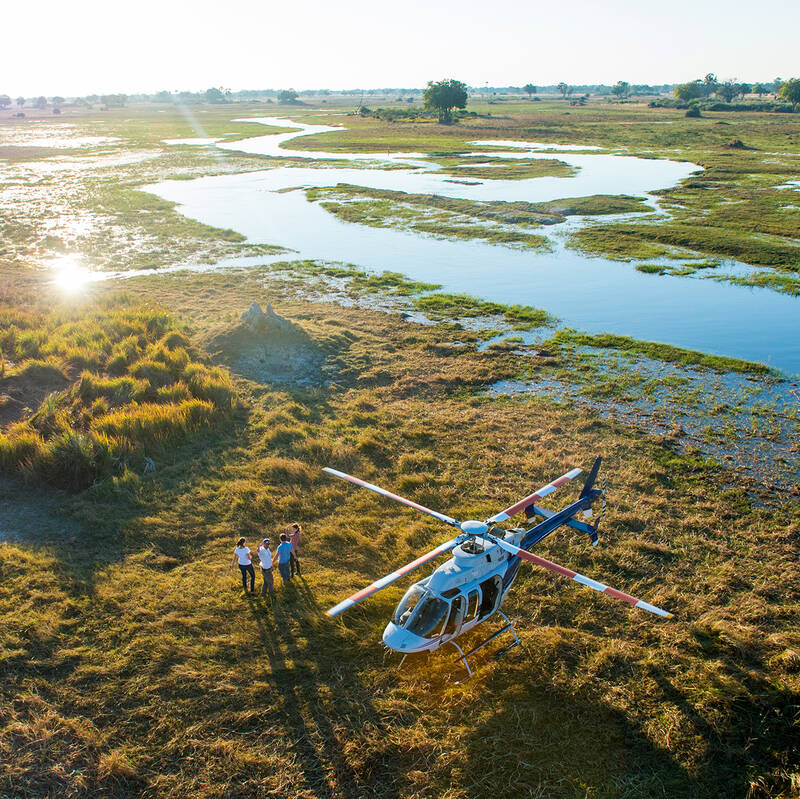
Helicopter Flight - Botswana
Various: from 30 minutes to half a day.
Low-flying, agile and offering superb views, helicopters are an ideal way to move around the Okavango Delta.You can use them instead of fixed-wing inter-lodge transfers or as an addition to other wildlife watching activities, and of course, helicopters can hover to allow that perfect pic, whereas fixed-wings can’t.
More about Helicopter FlightOther lodges in Chobe National Park
Alternative places to stay in this same area.
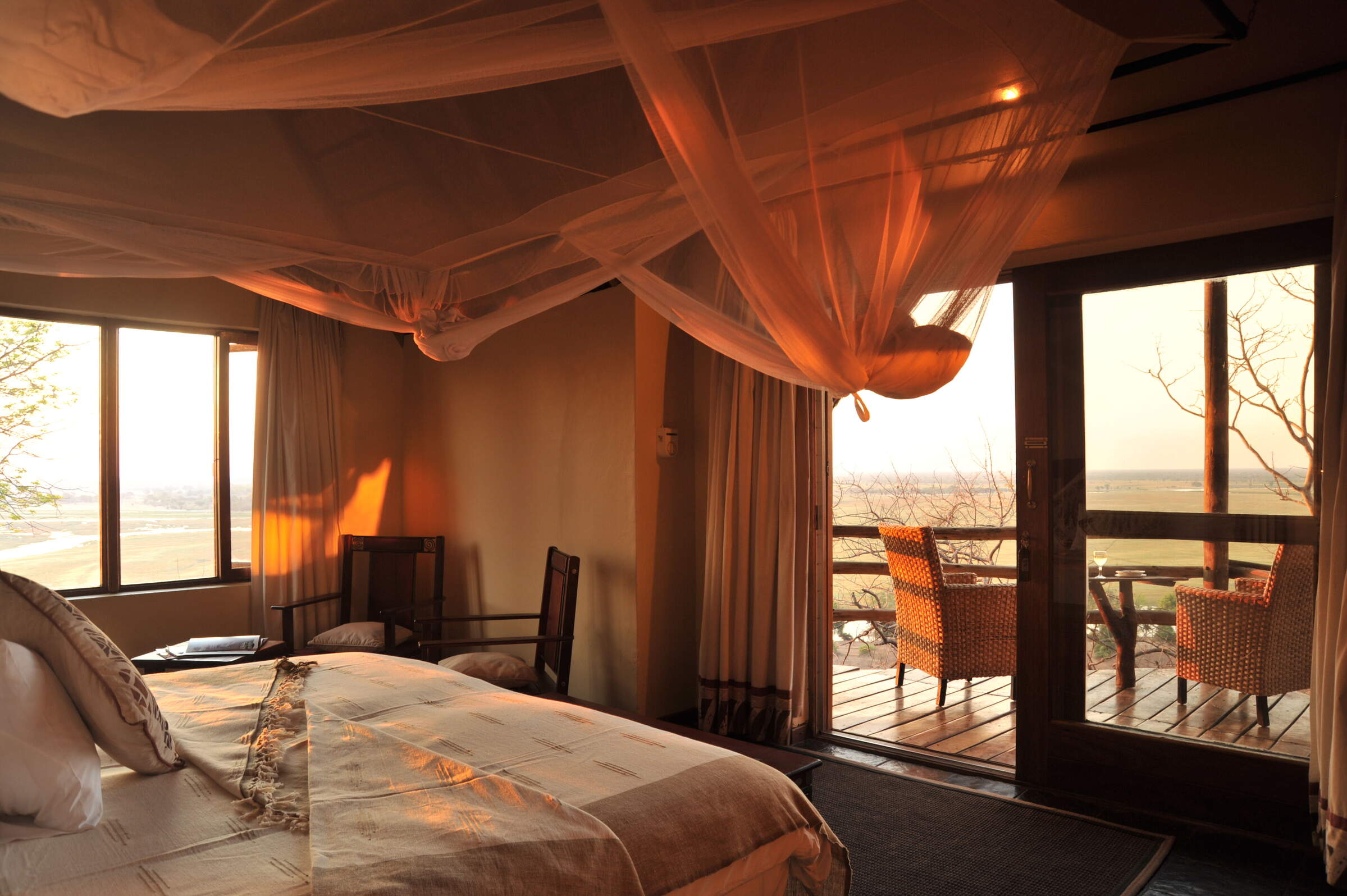
Muchenje Safari Lodge
One of our favourites in the area, Muchenje is a small, welcoming lodge at the quieter, western end of the Chobe Riverfront.
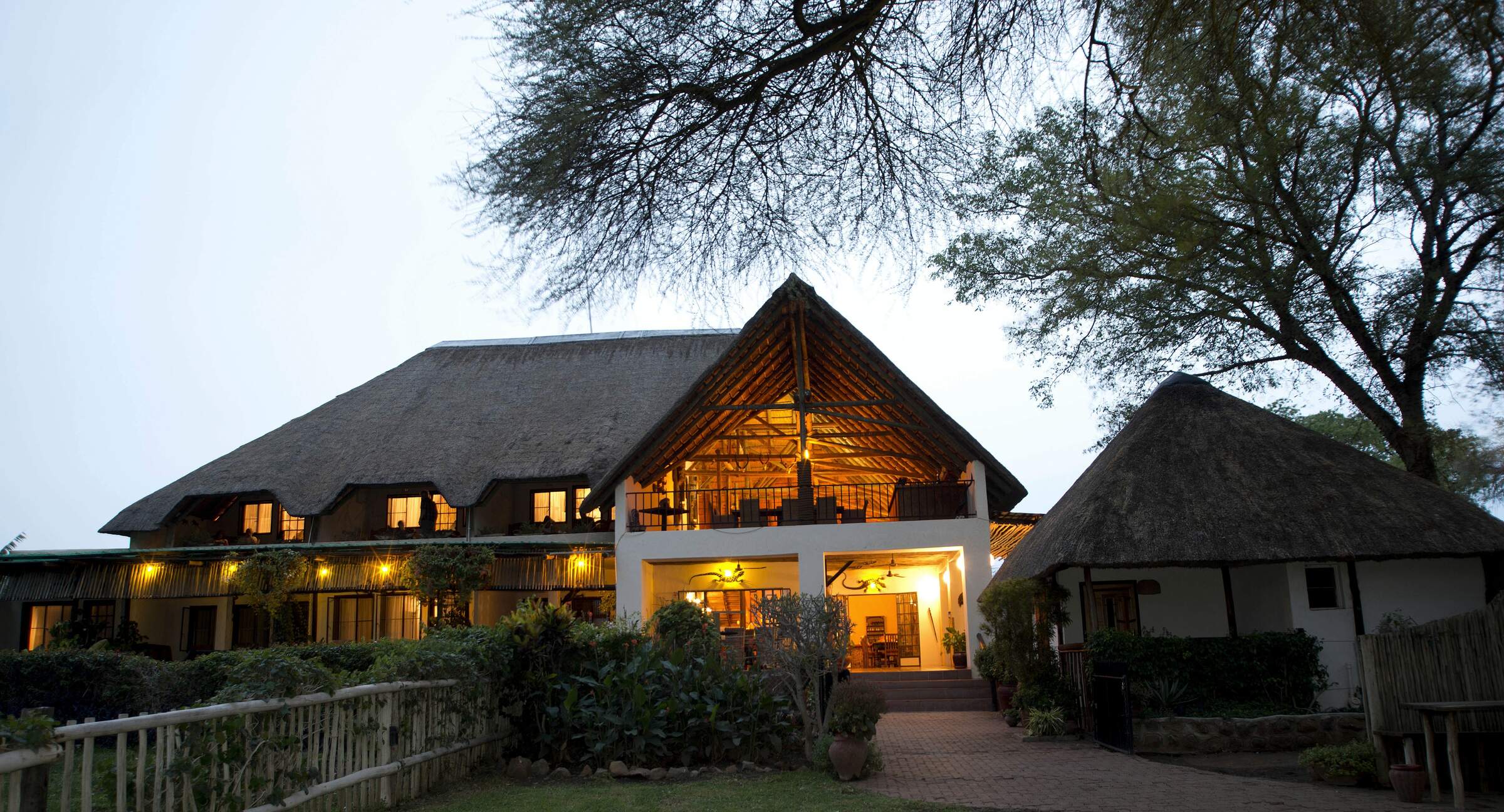
Chobe River Lodge
Overlooking the Chobe River, the intimate Chobe River Lodge is a haven of tranquillity away from the bustle of Kasane.
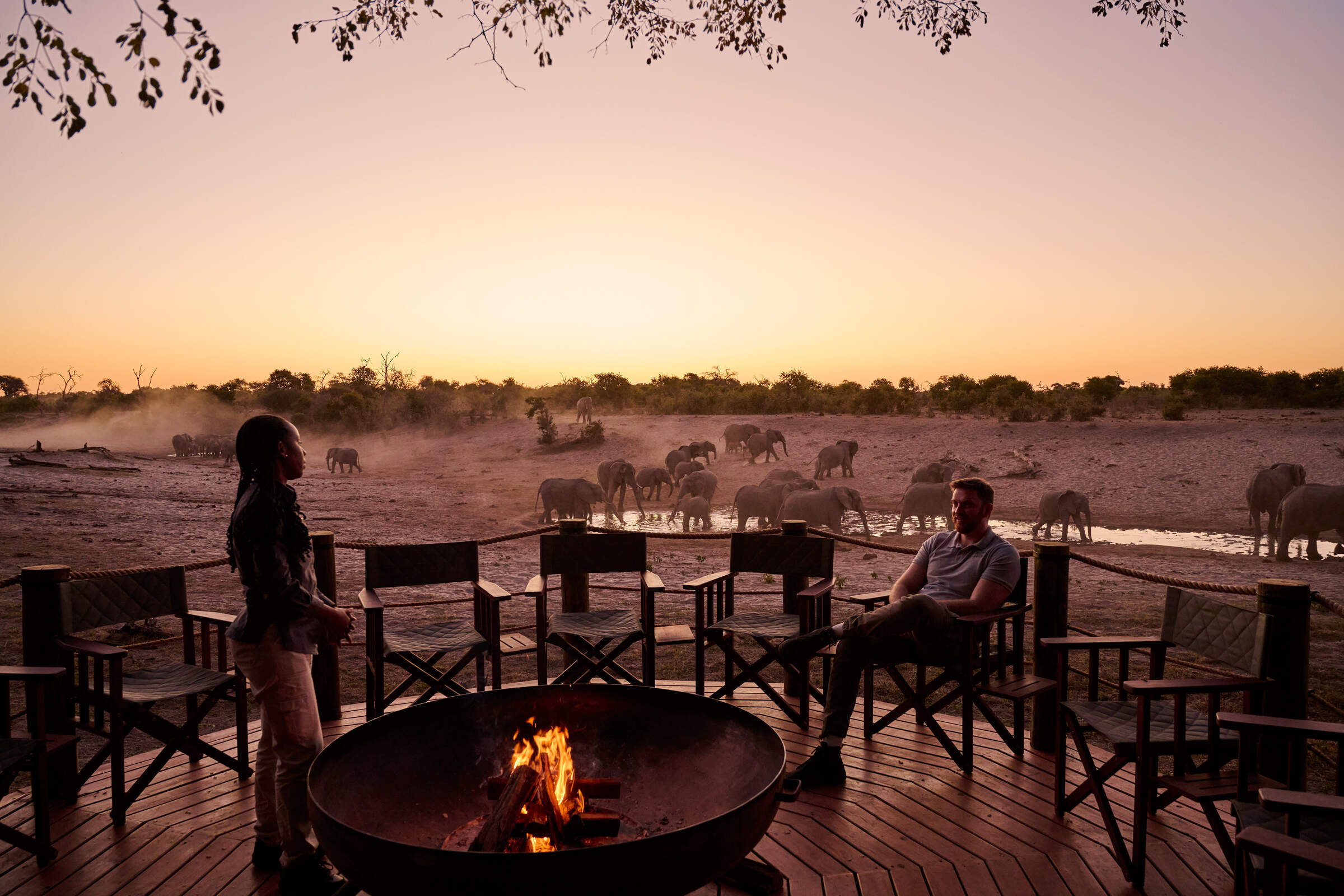
Savute Safari Lodge
Savute Safari Lodge sits on the banks of the Savuti Channel within Chobe National Park, and offers access to excellent game viewing, especially during the dry season.
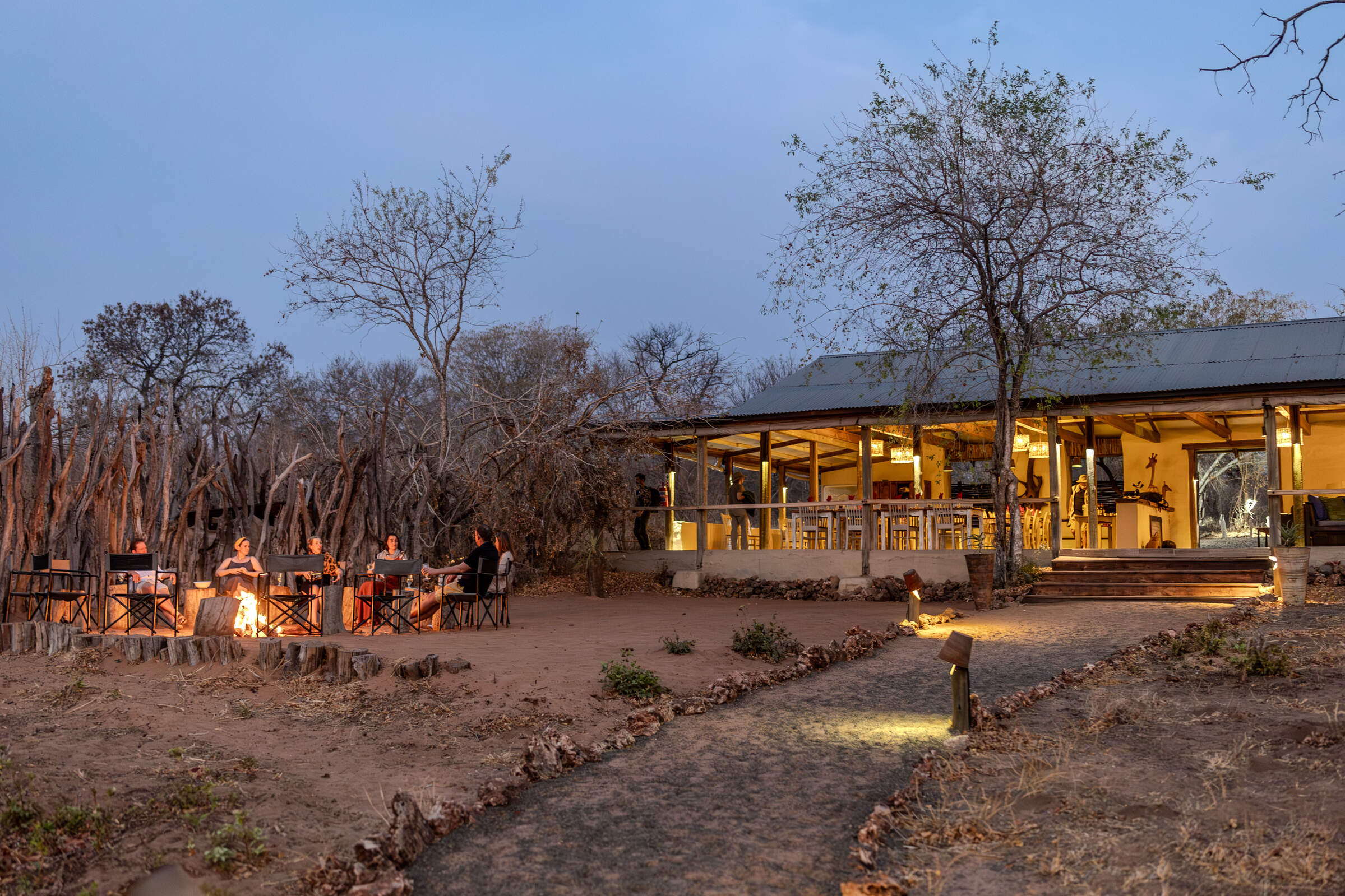
Chobe Elephant Camp
Located in one of our favorite areas of Chobe National Park, Chobe Elephant Camp is a simple but well-appointed camp with a strong bush feel.
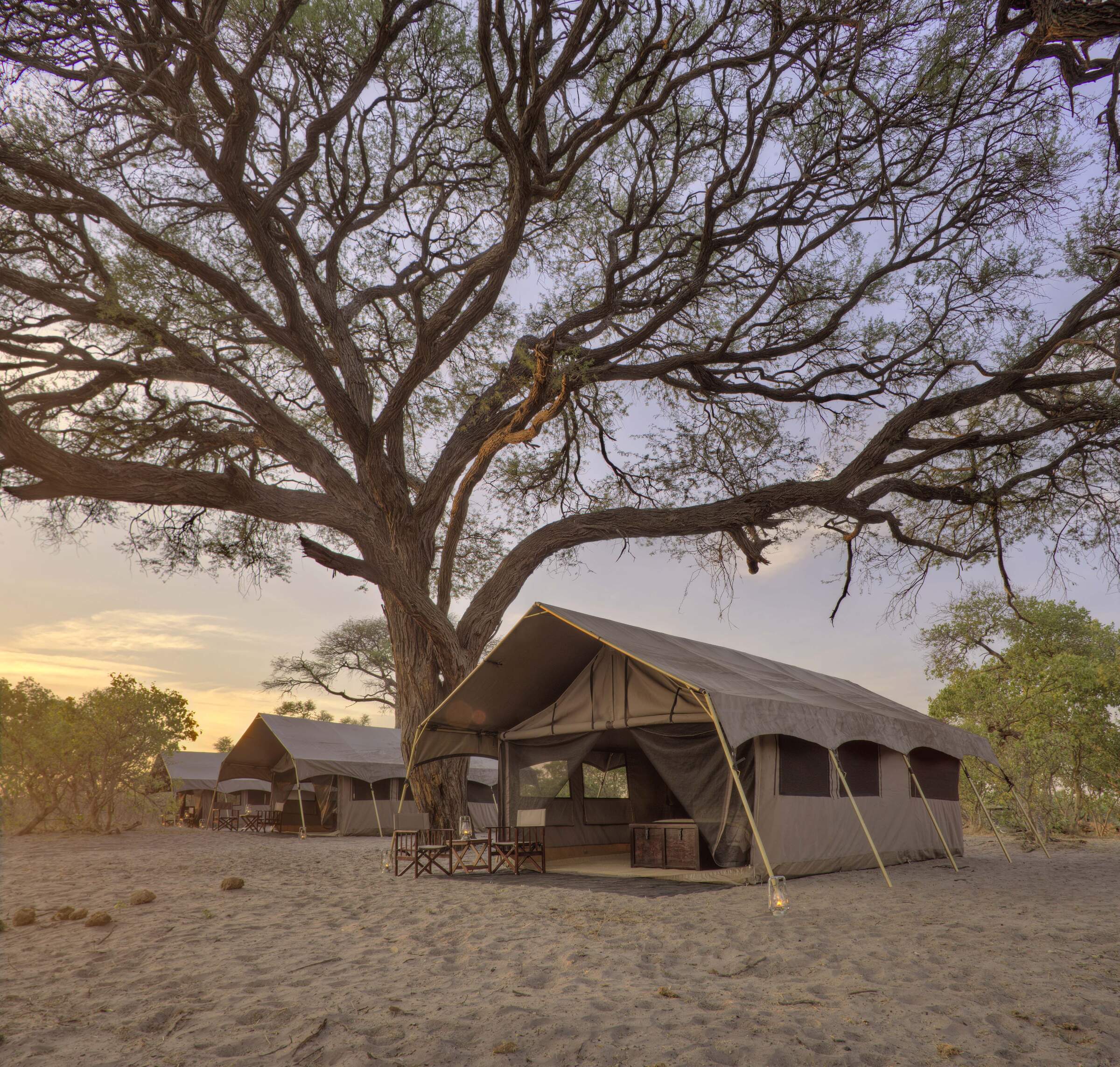
Savute Under Canvas
A mobile camp with the comforts of a semi-permanent tented camp, Savute Under Canvas offers guided game drives within the Savuti region of Chobe National Park.
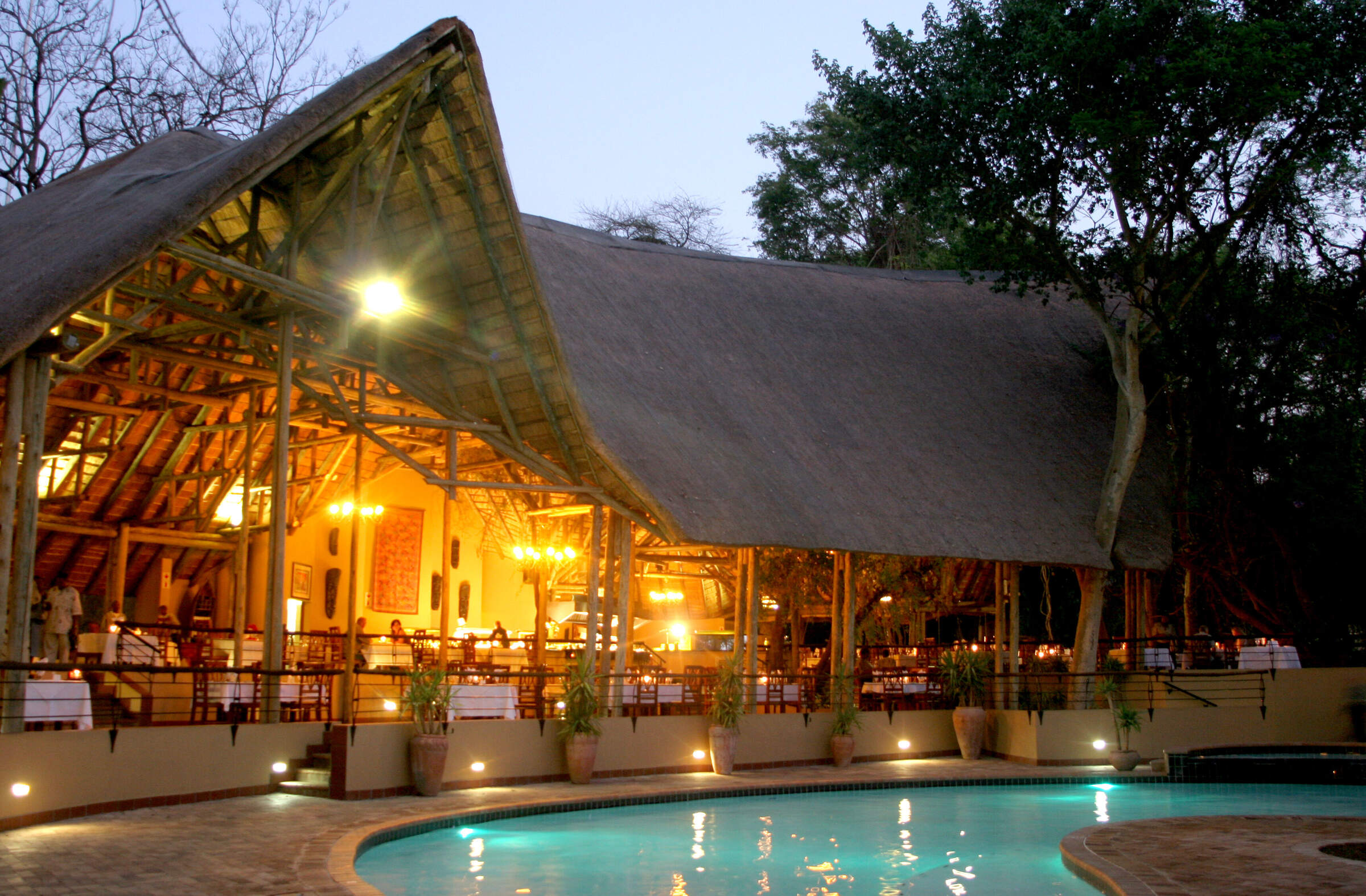
Chobe Safari Lodge
Chobe Safari Lodge is a good value, hotel-style lodge in the heart of Kasane offering game drives, boat cruises and fishing trips.
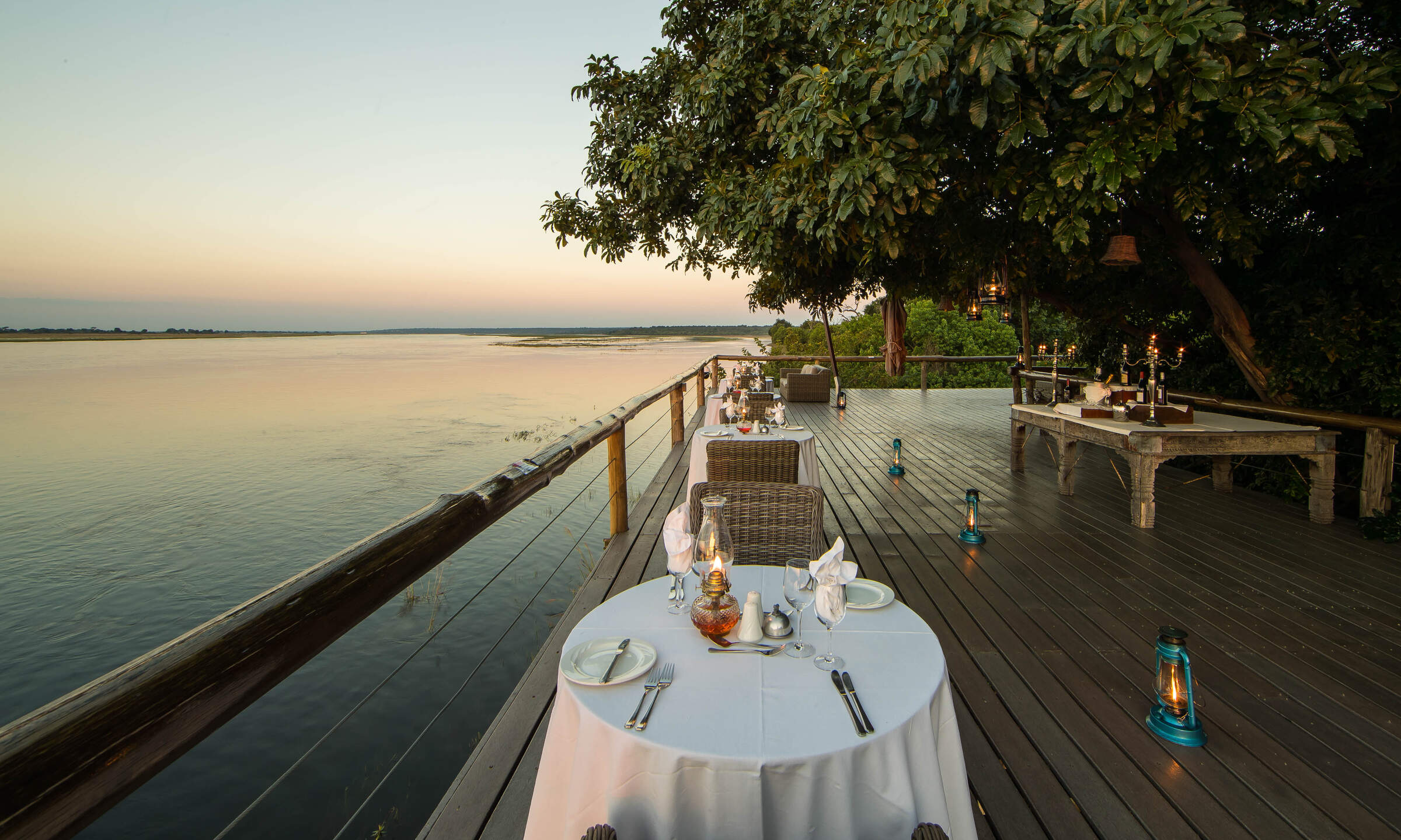
Chobe Game Lodge
Chobe Game Lodge occupies an enviable riverfront location within Chobe National Park and boasts well-earned 'eco' credentials, as well as an excellent all-female guiding team.
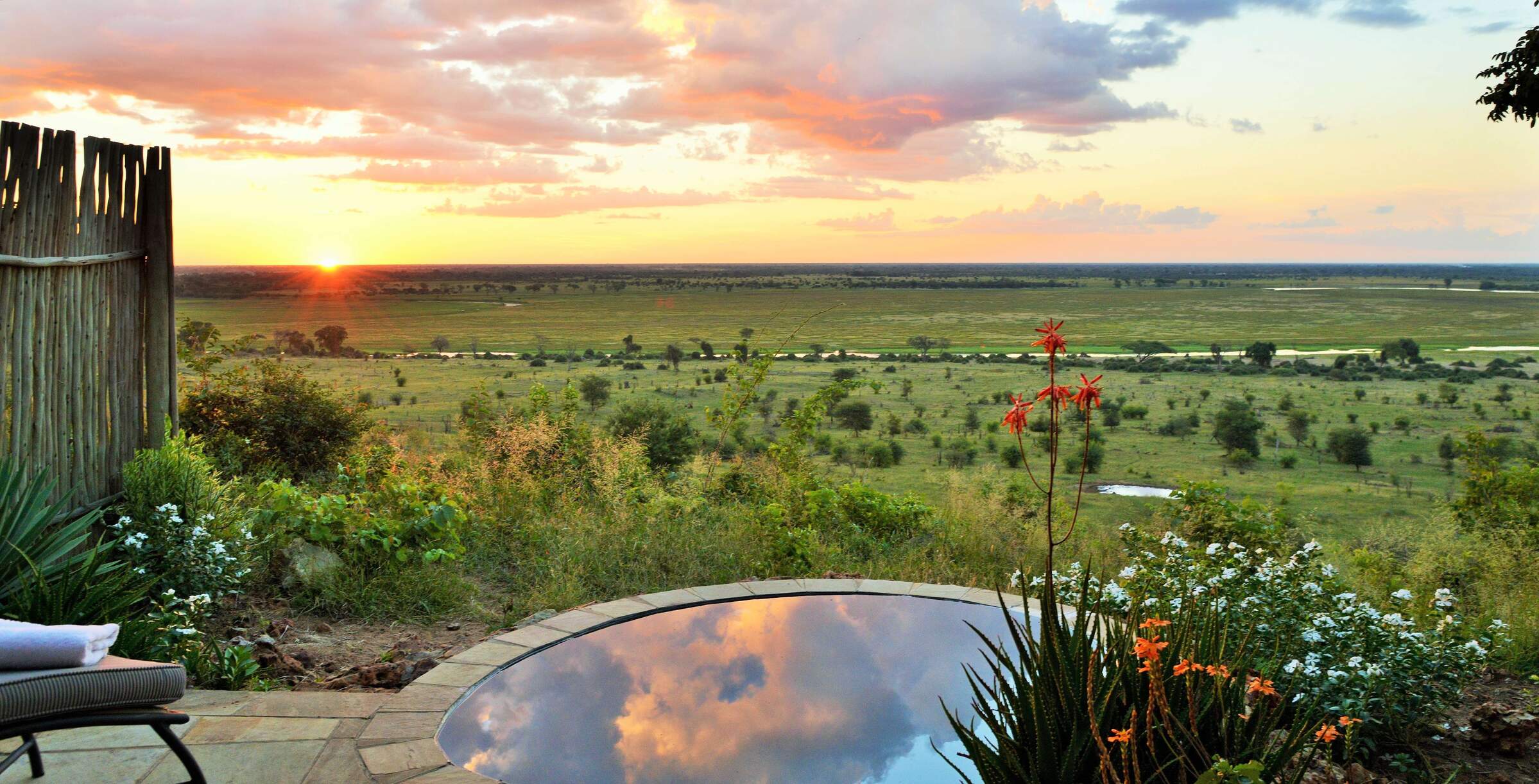
Ngoma Safari Lodge
With sweeping views across the floodplains of the Chobe River, Ngoma offers superb food and flexible safari activities.
Closed for refurbishment 5 Jan - 28 March 2026
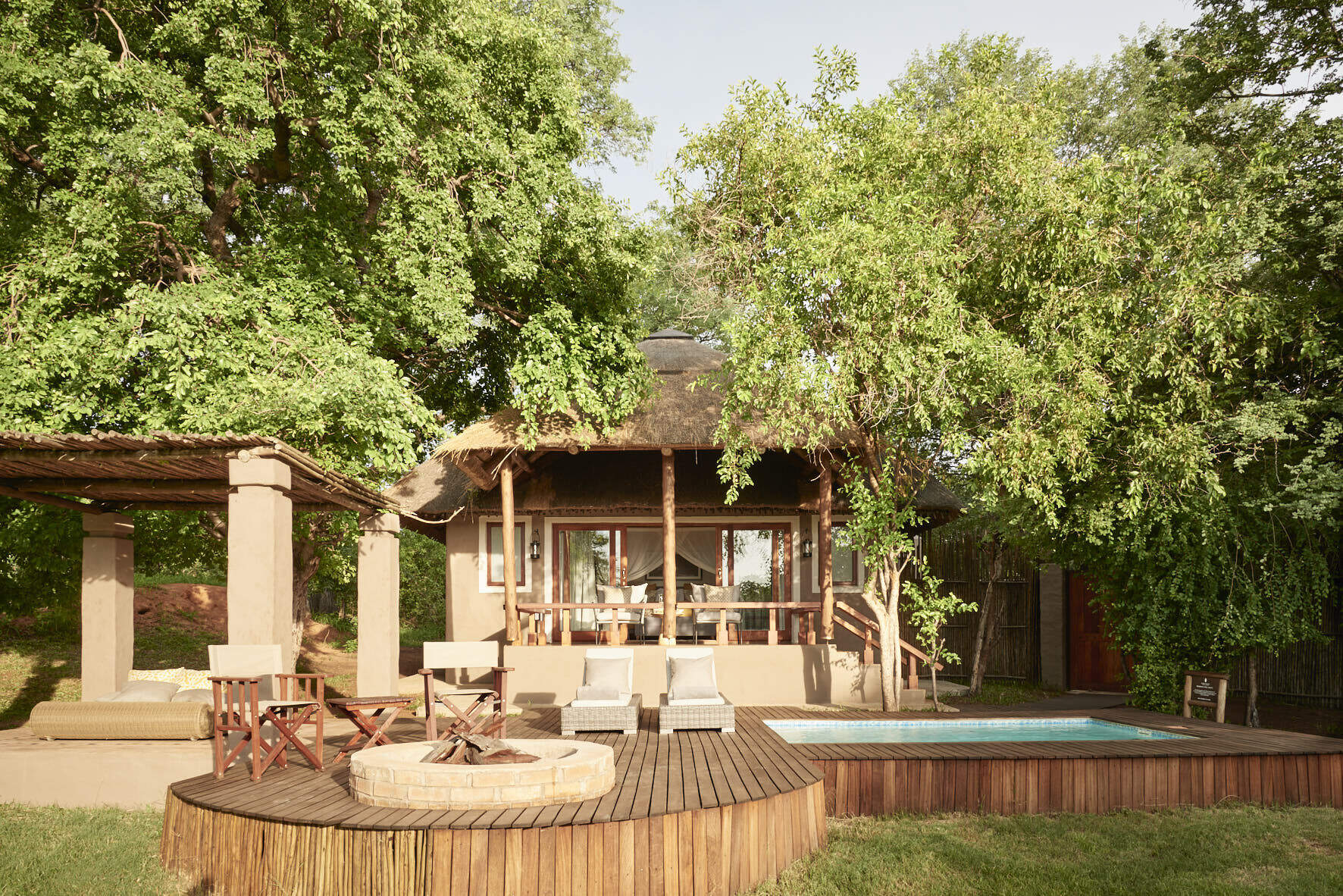
Chobe Chilwero
On the periphery of Chobe National Park, Chobe Chilwero offers luxurious surroundings and excellent food, which complement superb game viewing on game drives and boat trips.
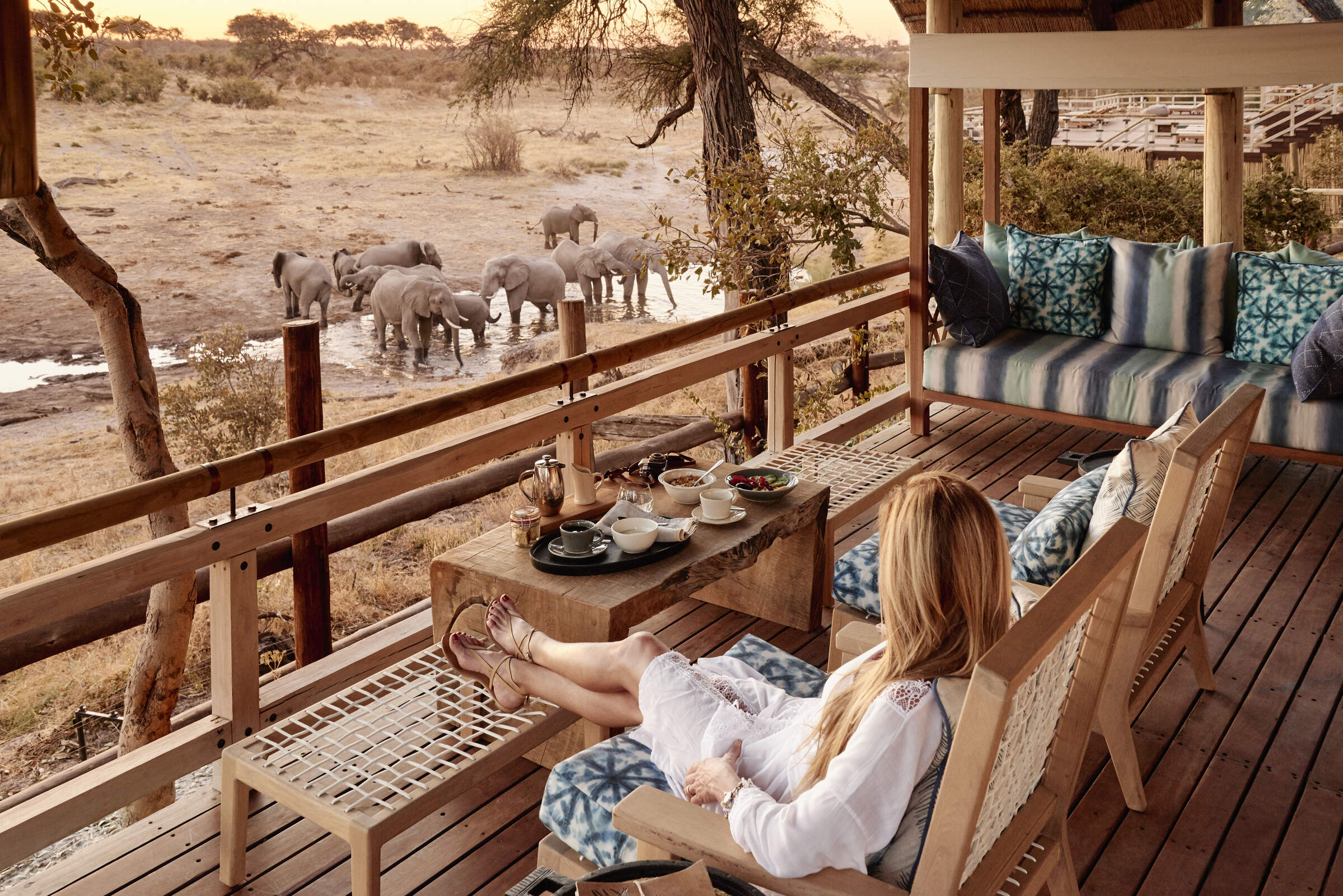
Savute Elephant Lodge
Savute Elephant Lodge is a luxurious camp on the banks of the now flowing Savuti Channel. This is a classic big-game area, although its location within Chobe National Park does limit the activities which are possible here.
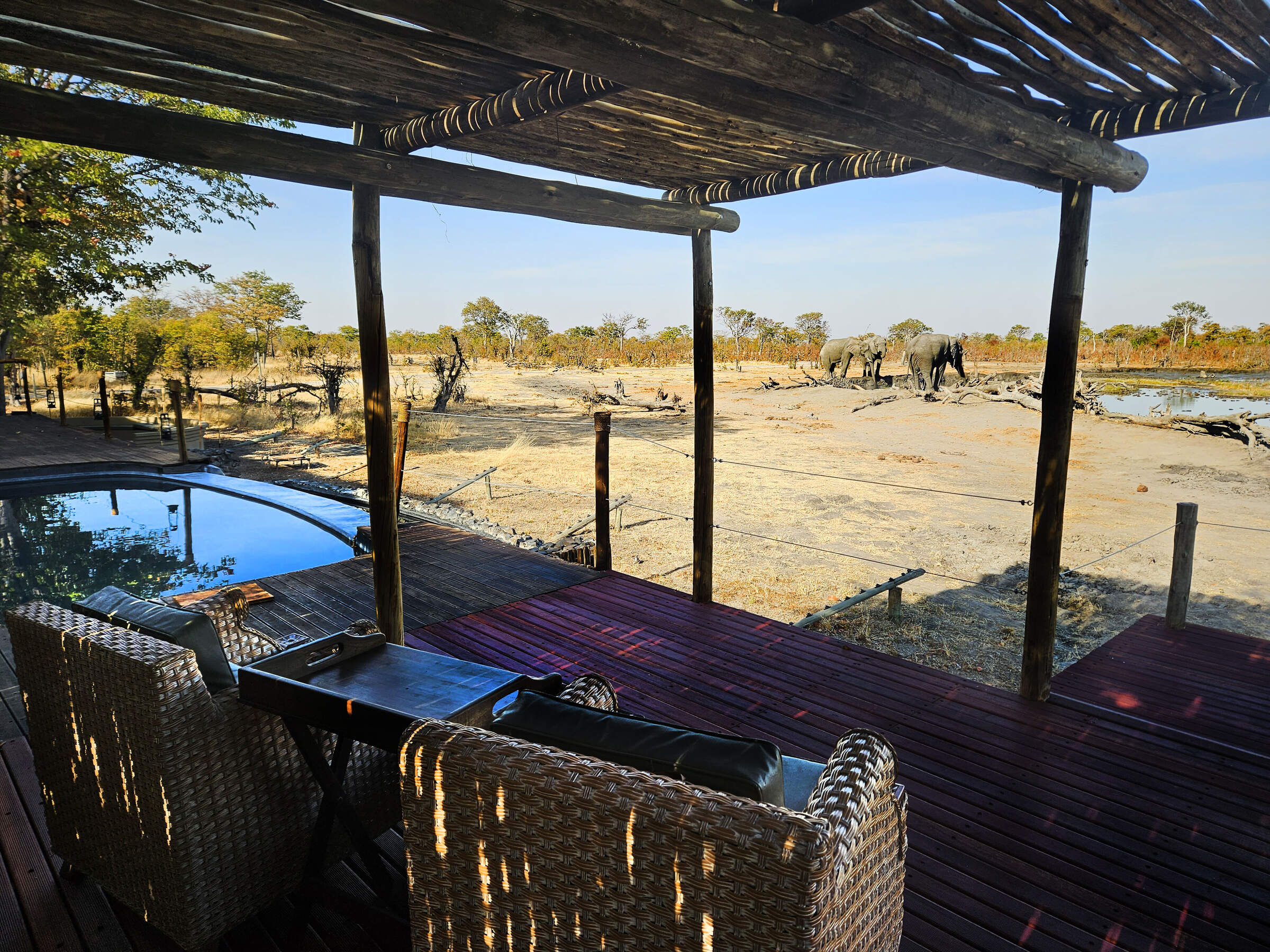
Camp Kuzuma
Camp Kuzuma sits in the Kazuma Forest Reserve and is an excellent place to see elephant in particular. Away from the busier riverfront area of Chobe National Park this camp offers a luxurious base form which to explore this less visited region of northern Botswana.
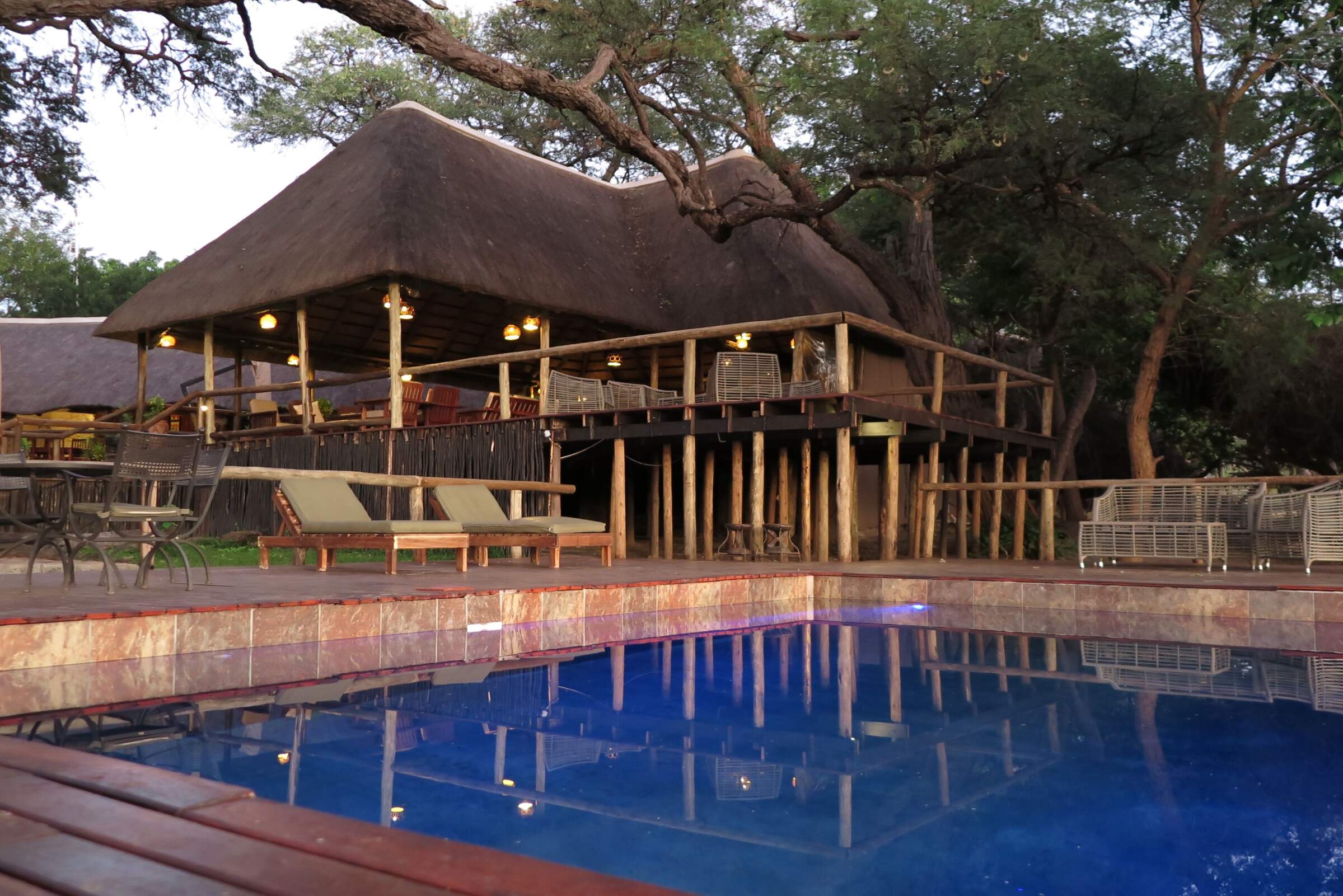
Elephant Valley Lodge
Elephant Valley Lodge is a lovely camp in a beautiful setting – sit in its hide and watch the wildlife come to drink at the waterhole. Activities focus on boating and drives in Chobe which - although very busy, and a long drive from the lodge – is very rich in wildlife.
When to go to Chobe National Park
Our month by month guide: What it's like to visit Chobe Under Canvas in Chobe National Park
Jan
Feb
Mar
Apr
May
Jun
Jul
Aug
Sep
Oct
Nov
Dec
Chobe National Park in January
January marks the peak of the rainy season in Chobe National Park. Evening rains are typically brief but heavy, often accompanied by thunderstorms. While temperatures remain high, they are slightly cooler compared to earlier months. Wildlife tends to be more dispersed, making it harder to spot animals. Big game densities near the Chobe Riverfront are relatively low, but some resident species, like giraffes, are accustomed to vehicles and can appear so relaxed that they seem almost tame.
The Savuti Marsh becomes lush and green, attracting herbivores. Migratory birds abound throughout the park, with the Linyanti Marsh being particularly rich in birdlife during this period. January is an excellent time for visitors interested in lush landscapes and diverse birdlife. Lower rates at many lodges make this a good time to visit on a more moderate budget.
- Warm temperatures with occasional thunderstorms
- Birdlife at its most spectacular in Chobe
- Big game dispersed across the park
- Seek most wildlife away from the river
- Good availability and rates in Chobe’s lodges and camps
Our view
A good time to visit, with pros & cons
Weather in January
Chobe National Park in February
February in Chobe National Park is similar to January, with heavy rains most days, often towards evening. The landscape is green and alive, with insects and smaller animals more easily seen. Many birds and animals are raising their young, especially in the Linyanti and Savuti areas, making for lovely family group sightings. The Chobe River swells, creating a spectacular landscape and attracting diverse wildlife. However, the rains create pools and waterholes in the bush, which combined with thicker vegetation makes it harder to spot larger animals.
The Chobe Riverfront area still offers a good wildlife experience as although much big game has moved away, the animals that remain are often more relaxed. Boat cruises on the Chobe River provide excellent opportunities to observe wildlife from a different perspective. Visitor numbers remain low, with good rates and more availability in camps and lodges.
- Warm with occasional thunderstorms in Chobe
- Vegetation running riot; smaller wildlife thriving
- Many animals with young in the park
- Big game dispersed throughout Chobe
- Low visitor numbers, good camp availability
Our view
This is not a great time to visit
Weather in February
Chobe National Park in March
March typically marks the end of the main rainy season in Chobe National Park, with showers gradually tapering off. Many days are characterised by clear skies, intense sunshine, and rising temperatures. Short afternoon thunderstorms may still occur, while the park's landscape remains lush and vibrant. During this time, many birds and animals complete the process of raising their young. The Savuti Marsh area becomes particularly fascinating as predators exploit the vulnerability of the young and weaker prey.
The Chobe River levels start to stabilise, offering excellent boat safari opportunities. March can also be a good time to explore the Linyanti area, where many animals congregate as other water sources begin to dry up. With fewer visitors in most areas, rates are still be relatively low at lodges and safari camps.
- Variable weather, rains tailing off in Chobe
- Occasional small thunderstorms in the park
- Many animals finish raising young in Chobe
- Birdlife still spectacular along Chobe River
- Few tourists, often lower rates in lodges
Our view
A good time to visit, with pros & cons
Weather in March
Chobe National Park in April
During April, rains in Chobe National Park have usually stopped, though there may still be the odd afternoon downpour. This results in clear skies and a lovely green, lush landscape. Night-time temperatures start to drop, and are especially noticeable in the Savuti area. The Chobe Riverfront begins to flourish at this time, with the numbers of elephants and other wildlife gradually increasing along the river.
The Savuti region is a particular favourite during this time, with good predator-prey interactions on display. April marks the beginning of the shoulder season for many camps, so rates are on the rise but still relatively moderate. This is an excellent time for photographic safaris, as the air is clear and the landscape still green.
- Cooler evenings, occasional showers in Chobe
- Northern Chobe lush and green
- Good predator-prey interaction observable
- Savuti area best for wildlife viewing
- Popular shoulder season, relatively low rates
Our view
A good time to visit, with pros & cons
Weather in April
Chobe National Park in May
May is a very popular month to visit Chobe National Park, often the last month of the shoulder season before camp rates hit their peak. While there is very little chance of rain, the annual floods from Angola start to make their way through the northern part of the park. With cooler temperatures in the morning and evening, predator activity tends to be higher, especially in the Savuti and Linyanti areas.
The Chobe Riverfront becomes busier with wildlife as water dries up elsewhere, making it an excellent time for boat cruises on the Chobe River, where close encounters with elephants and other wildlife are a real treat. Away from the water, game drives in the park's interior become more rewarding as vegetation thins out and sightings improve. May is a favourite time for many visitors, and camp bookings throughout Chobe are start to be snapped up quickly.
- Cool mornings and evenings, little rain in Chobe
- Game viewing beginning to improve
- Predator activity increasing in Savuti
- Last month of shoulder season for most camps
- Availability decreases throughout Chobe
Our view
A very good time to visit
Weather in May
Chobe National Park in June
June marks the real start of the dry season in Chobe National Park. Temperatures are cool in the mornings and evenings, occasionally reaching freezing at night, and rising to 25-30°C/77-86°F during the day. This brings a certain clarity to the air and clear blue skies, making it a favourite month for serious photographers. Surface water and smaller natural waterholes are now drying up, leading wildlife to congregate around the remaining large water sources, including the Chobe River.
Visibility improves as the grass dies back, making game viewing very good throughout the park. The Savuti Channel and Linyanti areas see increased predator activity. June is an excellent time for both land and water-based safaris in Chobe, so not surprisingly, camp availability becomes scarce and rates climb.
- Warm days, cold nights in Chobe National Park
- Excellent conditions for wildlife photography
- Animals congregating at Chobe River
- Grasses dying back, improving visibility
- Peak season begins, rates increase
Our view
Fantastic: the very best time to visit
Weather in June
Chobe National Park in July
July in Chobe National Park offers cold evenings and mornings, combined with great daytime game viewing; this makes it one of the most popular times to visit. Vegetation is really thinning out, making game ever-easier to spot, with the few remaining waterholes attracting large congregations of wildlife species. The Chobe Riverfront is increasingly rewarding, with large herds of elephants and buffalo congregating along the river.
However, this area is now becoming busy with visitors. Game viewing is good in the Savuti area too, with frequent predator sightings. The Linyanti Marsh attracts diverse wildlife, including rare species like wild dogs. Camps are now very much into the peak season and tend to be full. Advance booking is essential for popular lodges and camps.
- Comfortable days, cold nights in Chobe
- Excellent game viewing as vegetation dies back
- Chobe Riverfront becomes busy with wildlife
- Private concessions offer exclusive experiences
- Peak season, higher rates in lodges
Our view
Fantastic: the very best time to visit
Weather in July
Chobe National Park in August
August is a favourite time for visiting Chobe National Park, as it aligns with the European and North American summer holidays. Camps tend to fill up quickly, so booking well in advance is essential. Daytime temperatures are pleasantly warm, perfect for outdoor activities; nights can be chilly, but the clear, cloudless skies also provide stunning opportunities for stargazing.
Wildlife is now congregating around the remaining water sources, especially along the Chobe River, making it a fantastic time for game viewing. If the Savuti Channel is flowing, it becomes a magnet for a variety of wildlife. This is one of the prime months to witness the park’s iconic large elephant herds. A boat cruise on the Chobe River offers up-close views of wildlife, including hippos and crocodiles.
With crystal-clear skies and animals congregating near water, August is an excellent time for photography safaris.
- Dry, warm days and cool nights in Chobe
- Spectacular stargazing opportunities
- Fantastic wildlife watching along Chobe River
- Large elephant herds visible at waterholes
- Peak season, high rates and limited availability
Our view
Fantastic: the very best time to visit
Weather in August
Chobe National Park in September
September is another very popular month to visit Chobe National Park. Days are warming up, while nights remain refreshingly cool. With drier conditions, most of the greenery has faded from the landscape, and photographers may find the haze from dust or smoke challenging, but it sets the stage for breathtaking sunsets.
Game viewing in September is exceptional, with large herds of elephants and buffalo gathering in the Chobe region. The Savuti and Linyanti areas also offer excellent predator sightings, and migratory birds begin to return, adding vibrant flashes of colour and adding to the park’s biodiversity.
Water-based activities on the Chobe River, such as boat cruises, are particularly rewarding, offering close-up views of animals coming to drink. Accommodation in camps and lodges is in high demand, with rates remaining at a premium, so early bookings are essential.
- Warmer days, cool nights in Chobe National Park
- One of the best months for wildlife viewing
- Large elephant and buffalo herds by Chobe River
- Hazy conditions create brilliant sunsets
- High season rates, many lodges and camps fully booked
Our view
Fantastic: the very best time to visit
Weather in September
Chobe National Park in October
October is typically the hottest and driest month in Chobe National Park. Towards the end of the month, the likelihood of rain increases, bringing a rise in humidity. The air is often dry and hazy, which can make photography more challenging, but the scarcity of water and vegetation leads to excellent opportunities for spotting big game. The Chobe Riverfront becomes a prime gathering spot for wildlife, particularly impressive herds of elephants.
In the Savuti area, predator-prey interactions are frequently observed around the remaining waterholes. Water levels are significantly lower by this time, meaning water-based activities like boating and fishing are limited to major tributaries. October is an ideal month for walking safaris, especially during the cooler morning hours. Despite the intense heat, it remains a prime time for wildlife enthusiasts eager to witness concentrated animal activity.
- Hot temperatures in Chobe, chance of late rain
- Excellent big game viewing opportunities
- Water activities limited as levels can be low
- Hazy conditions less ideal for photographers
- Final month of peak season in Chobe camps
Our view
Fantastic: the very best time to visit
Weather in October
Chobe National Park in November
November typically signals the end of the dry season in Chobe National Park. Rising temperatures bring increased humidity, leading to the arrival of the first rains. These showers are often brief but heavy, occurring in the late afternoon or at night, and can be quite dramatic. The rains provide a welcome relief, slightly cooling the temperatures and transforming the parched landscapes into vibrant shades of green.
As waterholes begin to replenish, wildlife starts to disperse across the park. Birdwatching is particularly rewarding this month, with the arrival of many migratory species, especially in the Linyanti Marsh area. The first half of November is a favourite among travellers, offering exceptional game viewing at more reasonable rates as Chobe enters its shoulder season.
- Hot days, increasing humidity in Chobe
- Heavy showers more likely as month progresses
- Wildlife watching good but less predictable
- Migrant birds arrive in Chobe National Park
- Shoulder season brings mid-range lodge rates
Our view
A good time to visit, with pros & cons
Weather in November
Chobe National Park in December
By December, the rains in Chobe National Park are underway, providing relief from the intense heat. While game viewing becomes more challenging as animals spread out, excellent sightings can still be enjoyed along the Chobe Riverfront and in the Savuti Marsh. The rains bring a vibrant transformation to the landscape, with fresh greenery creating beautiful scenery. This is also a fantastic time for bird enthusiasts, as numerous migratory species make their presence known.
The Linyanti area becomes especially lush, drawing a variety of wildlife. December is ideal for those eager to see newborn animals, as many species give birth during this time. Boat cruises on the Chobe River offer a refreshing way to observe wildlife and enjoy the scenery. With low-season rates at many camps, December is an appealing option for budget-conscious travellers looking to experience the park’s beauty.
- Temperatures falling from October-November highs
- High chance of rain in Chobe National Park
- Wildlife more dispersed across the park
- Game viewing more challenging but rewarding
- Typically low-season rates in Chobe camps
Our view
A good time to visit, with pros & cons
Weather in December

Looking for inspiration on where to travel next?
Visit our trip chooser to explore your options and find inspiration for your perfect African adventure
Inspire me